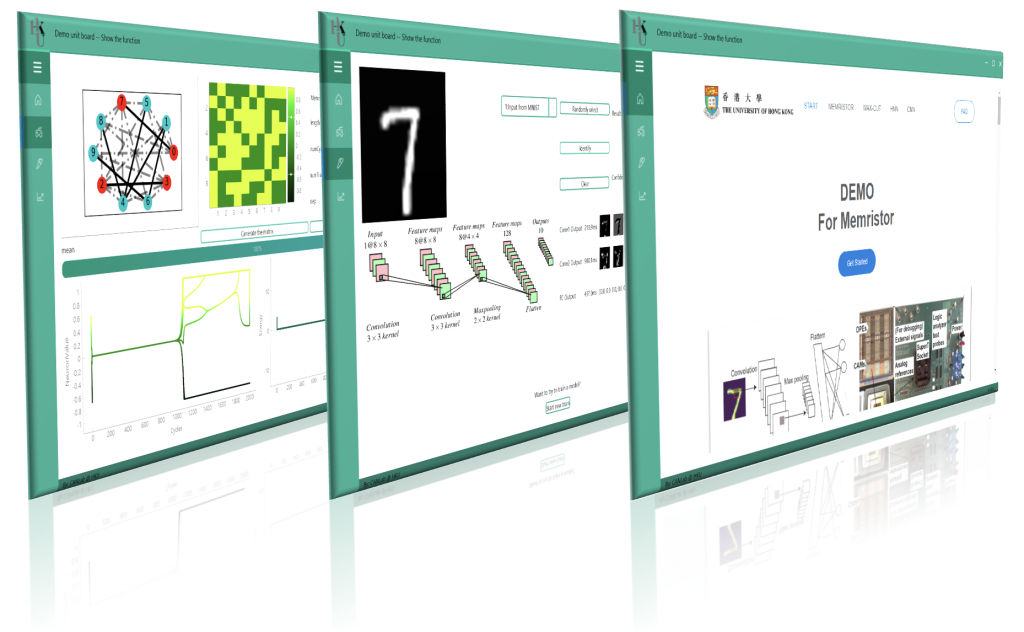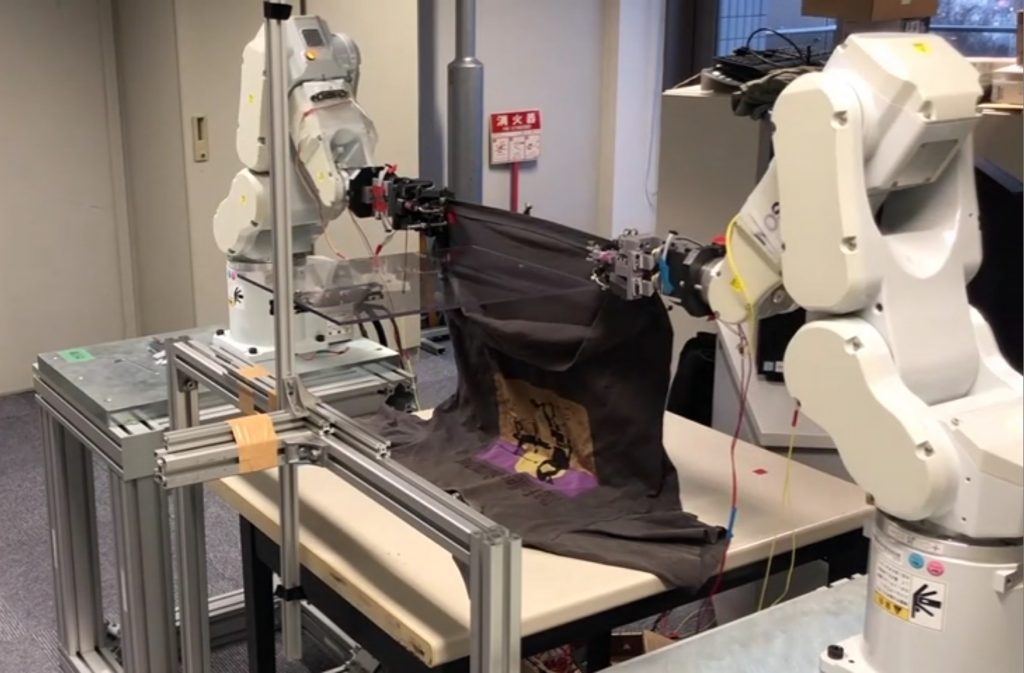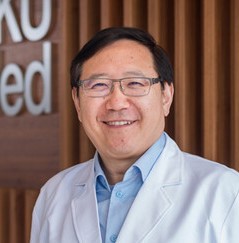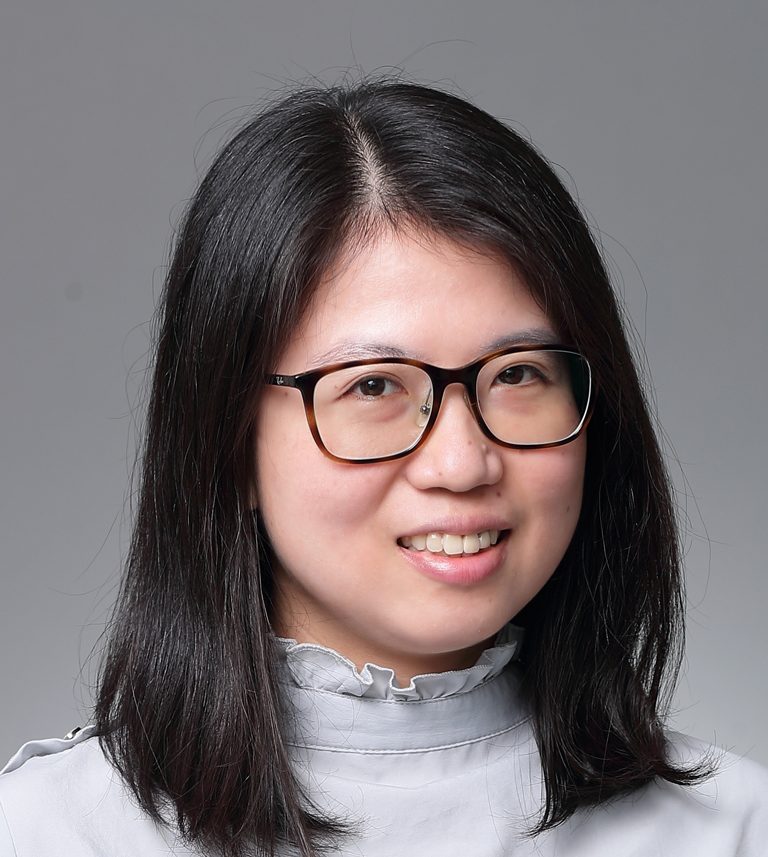By integrating sensing, memory and processing functionalities, biological nervous systems are energy and area efficient. Emulating such capabilities in artificial systems is, however, challenging and is limited by the device heterogeneity of sensing and processing cores., Here, we present a universal solution to simultaneously perform multi-modal sensing, memory and processing using organic electrochemical transistors. The device has a vertical traverse architecture and a crystalline–amorphous channel that can be selectively doped by ions to enable two reconfigurable modes: volatile receptor and non-volatile synapse. As a volatile receptor, the device is capable of multi-modal sensing, and as a non-volatile synapse, it is capable of 10-bit analogue states, low switching stochasticity and good state retention. Homogeneous integration of such devices enables functions such as conditioned reflex and real-time cardiac disease diagnose via reservoir computing, illustrating the promise for future edge AI hardware.










